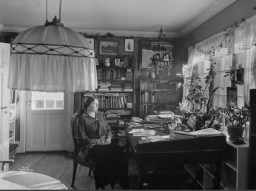You searched for: Nazi Book Burning
<< Previous | Displaying results 76-100 of 126 for "Nazi Book Burning" | Next >>
-
Klaus Mann
ArticleKlaus Mann was a German author whose novel “Mephisto” exposed the evil of the Nazi dictatorship. His works were burned in Nazi Germany in May 1933. Learn more.
-
Anna Seghers
ArticleAnna Seghers was an influential, antifascist author. Her novel, in which she spoke out against social injustice, was burned in Nazi Germany in 1933. Learn more.
-
Walther Rathenau
ArticleWalther Rathenau was a liberal democratic politician and the first Jew to hold a cabinet post in Germany. His books were burned in Nazi Germany in 1933. Learn more.
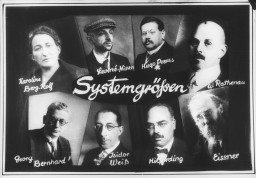
-
Erich Maria Remarque: In Depth
ArticleIn 1933, Nazi students at more than 30 German universities pillaged libraries in search of boo...

-
Magnus Hirschfeld
ArticleA leading researcher of sex, sexuality, and gender, German Jewish doctor Magnus Hirschfeld was forced to live in exile after the Nazi rise to power.

-
Ernest Hemingway
ArticleErnest Hemingway was a legendary American author. In 1933, his classic novel, "A Farewell to Arms," was burned under the Nazi regime. Learn more.
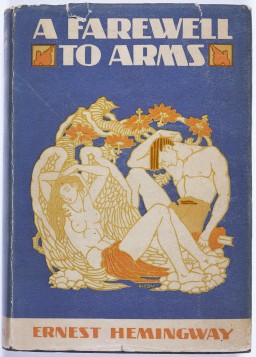
-
Nazi propaganda depicting prominent Jewish figures
PhotoNazi-produced propaganda slide entitled "Leading Figures of the System." The image was presented during a lecture called "Jewry, Its Blood-based Essence in Past and Future," Part I in a series on Jewry, Freemasonry, and Bolshevism. Germany, circa 1936. The slide features the portraits of six prominent Jewish political and cultural figures in Weimar Germany. Georg Bernhard, Rudolf Hilferding, and Walther Rathenau were among the authors whose works were targeted during the 1933 Nazi book burnings.

-
Josef Stalin
ArticleJosef Stalin was the General Secretary of the Soviet Communist Party and the head of the Soviet state. His works were burned in Nazi Germany in 1933. Learn more.
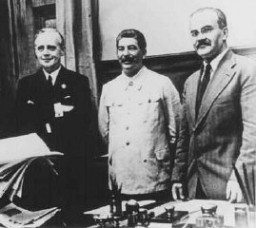
-
Judge Benjamin Barr Lindsey
PhotoAmerican judge Benjamin Barr Lindsey and his wife on a ship. Judge Lindsey's writings were among the texts the Nazis singled out during the 1933 public burnings of books. Photo dated December 4, 1915.

-
Anti-Nazi protest in New York's Madison Square Garden
PhotoOn the day of book burnings in Germany, massive crowds march from New York's Madison Square Garden to protest Nazi oppression and anti-Jewish persecution. New York City, United States, May 10, 1933.

-
John Reed
PhotoPortrait of American journalist John Reed, circa 1914. Reed's book Ten Days that Shook the World was among the texts Nazi students burned in 1933.
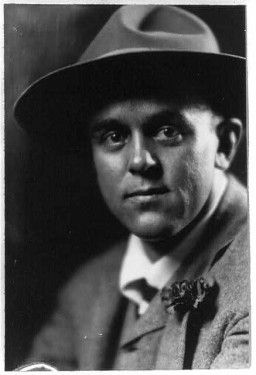
-
American novelist Ernest Hemingway
PhotoErnest Hemingway, among the greatest American novelists, was a member of the "Lost Generation" of expatriate writers who were disillusioned by war. In 1933 the Nazis burned Hemingway's novels as part of the public book burning in Berlin. United States, ca. 1950.
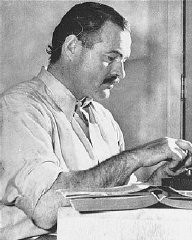
-
Cover of A Farewell to Arms
PhotoCover of Ernest Hemingway's A Farewell to Arms. (1929 cover. Princeton University Library.) In 1933, Nazi students at more than 30 German universities pillaged libraries in search of books they considered to be "un-German." Among the literary and political writings they threw into the flames during the book burning were the works of Ernest Hemingway.

-
Portrait of Helen Keller
PhotoPortrait of Helen Keller, seated, reading Braille. September 1907. In 1933, Nazi students at more than 30 German universities pillaged libraries in search of books they considered to be "un-German." Among the literary and political writings they threw into the flames during the book burning were the works of Helen Keller.
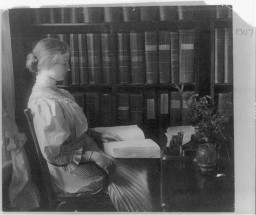
-
Plundering of the Institute for Sexual Science
PhotoA newspaper clipping with the headline "Against the Un-German Spirit" announces the plundering of the Institute for Sexual Science. The photo shows students marching to the institute's entrance before the looting began on May 6, 1933. The institute's books and documents were among those targeted during the Nazi book burnings.
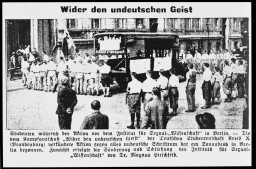
-
Sigrid Undset
PhotoSigrid Undset's novels were among the texts the Nazis banned and burned. Undset had previously won the Nobel Prize for Literature in 1928.
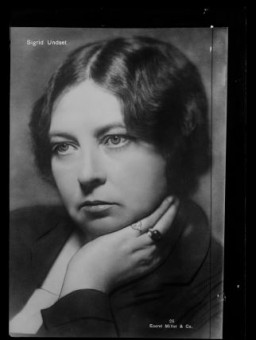
-
Helen Keller
PhotoPortrait of Helen Keller, ca. 1910. In 1933, Nazi students at more than 30 German universities pillaged libraries in search of books they considered to be "un-German." Among the literary and political writings they threw into the flames were the works of Helen Keller.
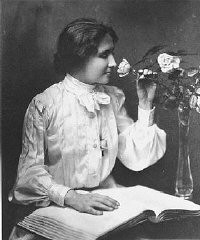
-
Morris Hillquit
PhotoBorn in Riga, Morris Hillquit became a prominent theoretician of the socialist movement after immigrating to the United States. The German translation of his work Socialism in Theory and Practice was burned in Nazi Germany in 1933. Photo taken circa 1910–1915.
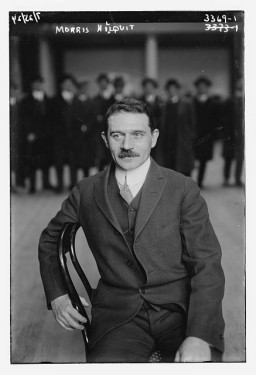
-
Bertolt Brecht
PhotoBertolt Brecht, author of the "Threepenny Opera" and a well-known leftist poet and dramatist, who emigrated from Germany in 1933. In exile, he co-edited an anti-Nazi magazine titled Das Wort. London, Great Britain, 1936.
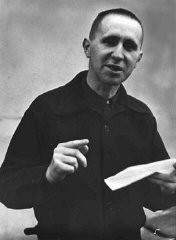
-
Bertolt Brecht
PhotoBertolt Brecht (left), Marxist poet and dramatist, was a staunch opponent of the Nazis. He fled Germany shortly after Hitler's rise to power. Pictured here with his son, Stefan. Germany, 1931.

-
Ernest Hemingway
PhotoPortrait of Ernest Hemingway by Helen Pierce Breaker. Paris, France, ca. 1928. In 1933, Nazi students at more than 30 German universities pillaged libraries in search of books they considered to be "un-German." Among the literary and political writings they threw into the flames were the works of Ernest Hemingway.
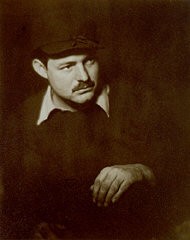
-
Hemingway on a safari
PhotoAmerican novelist Ernest Hemingway on safari, ca. 1933. In 1933, Nazi students at more than 30 German universities pillaged libraries in search of books they considered to be "un-German." Among the literary and political writings they threw into the flames were the works of Ernest Hemingway.

-
Ernest Hemingway
PhotoAuthor Ernest Hemingway aboard the boat Pilar, ca. 1950. In 1933, Nazi students at more than 30 German universities pillaged libraries in search of books they considered to be "un-German." Among the literary and political writings they threw into the flames were the works of Ernest Hemingway.
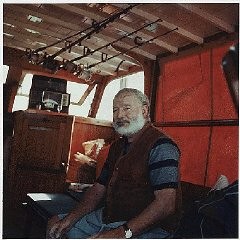
-
Cover of a work by Sigmund Freud
PhotoSigmund Freud: Massenpsychologie und Ich-Analyse, cover. In 1933, Nazi students at more than 30 German universities pillaged libraries in search of books they considered to be "un-German." Among the literary and political writings they threw into the flames were all the works of Sigmund Freud that were published by 1933.
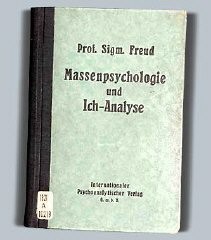
-
Portrait of writer Sigrid Undset
PhotoPortrait of writer Sigrid Undset, who won the Nobel Prize for Literature in 1928. Often with feminist themes, her novels were banned and burned in part because of her public criticism of the Nazi regime. Photo taken by Anders Beer Wilse on July 1, 1923.
